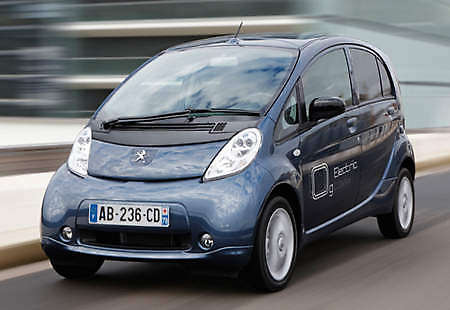
Local Renault distributor TC Euro Cars held a media preview of its Koleos crossover hours ago, ahead of the 4X4’s public launch this weekend. The Koleos is the French brand’s first true SUV and it sits in the Honda CR-V mid-size category (overall length of 4520 mm is identical to the Honda’s, but 2690 mm wheelbase is 70 mm longer).
The Koleos is a product that draws the best out of the Renault-Nissan Alliance – drivetrain and 4X4 system from Nissan; design, ride, handling and ergonomics from Renault; manufactured by Renault-Samsung in Busan, Korea for its relatively lower cost.

The Koleos is powered by a 2.5-litre four-cylinder engine with 170 bhp and 226 Nm of torque paired to a CVT with six virtual ratios – good for a 0-100 km/h time of 10.3 seconds and a 188 km/h top speed. The decision to source this particular pairing from Nissan is a good move as the Japanese company makes some of the best CVTs in town (we’d prefer it over a French auto ‘box!), not to mention that in general, customers in our market seem to trust Japanese engines better. The official combined fuel consumption figure is 10.5 km/l. Would be better with Renault’s fine 2.0 dCi engine, but that won’t come anytime soon, and you know the reason why.
The chassis of the Koleos is modified from the second-gen Nissan X-Trail (not sold here), which is pretty decent off-road for its kind. This, plus the fact that the Renault also gets the X-Trail’s All-Mode 4X4-i system means that the Koleos should be better off the beaten path than many of its classmates although it doesn’t look the part.

Instead of transferring torque to the rear wheels only when slip is detected, All-Mode 4X4-i “predicts” the moment AWD grip is required by measuring lateral and side acceleration, yaw rate, steering angle and accelerator pedal position among other parameters, and divides torque accordingly even before ESP intervenes. That’s the default Auto mode; you can also choose 2WD (front-wheel drive) or Lock mode, where torque is split 50:50 between axles. Also beneficial is Hill Descent Control and Hill Start Assist – the latter prevents backward movement on inclines of 10% and above.

While much of the hardware is from Nissan, the interior is appointed like a Continental model, with some clever French touches such as the lever in the boot that folds flat the split rear seats when you pull it. Other comfort and convenience features include airplane style fold down “tables”, chilled glovebox, B-pillar air vents for the rear passengers, three rows of flat folding seats, a split tailgate that you can sit on (max load 200 kg) and two 5-litre secret “lockers” under the rear floor. All very thoughtful.
Equipment include an 8-speaker Bose stereo as used in the Infiniti FX, ABS/EBA/ESP, six airbags, cruise control, auto headlights and wipers, auto parking brake, dual-zone climate control and start/stop button, among others. An optional panaromic sunroof is available for RM9,000. The most important safety “feature” is also here – a five-star Euro NCAP rating. For all the above, one needs to pay RM213,149.19 on the road excluding insurance. To touch and feel the Koleos, head down to its public launch this Saturday, March 13 at Bangsar Village, Kuala Lumpur.


































 When I say almost the full range – it’s because it looks like the BMW Performance front bumper is installed but not the BMW Performance rear bumper which has a different design. However both M Aerodynamic rear bumper and BMW Performance rear bumper have carbon fiber diffusers available. You have a new intake but the BMW Performance exhaust system also seems to be missing.
When I say almost the full range – it’s because it looks like the BMW Performance front bumper is installed but not the BMW Performance rear bumper which has a different design. However both M Aerodynamic rear bumper and BMW Performance rear bumper have carbon fiber diffusers available. You have a new intake but the BMW Performance exhaust system also seems to be missing.




















